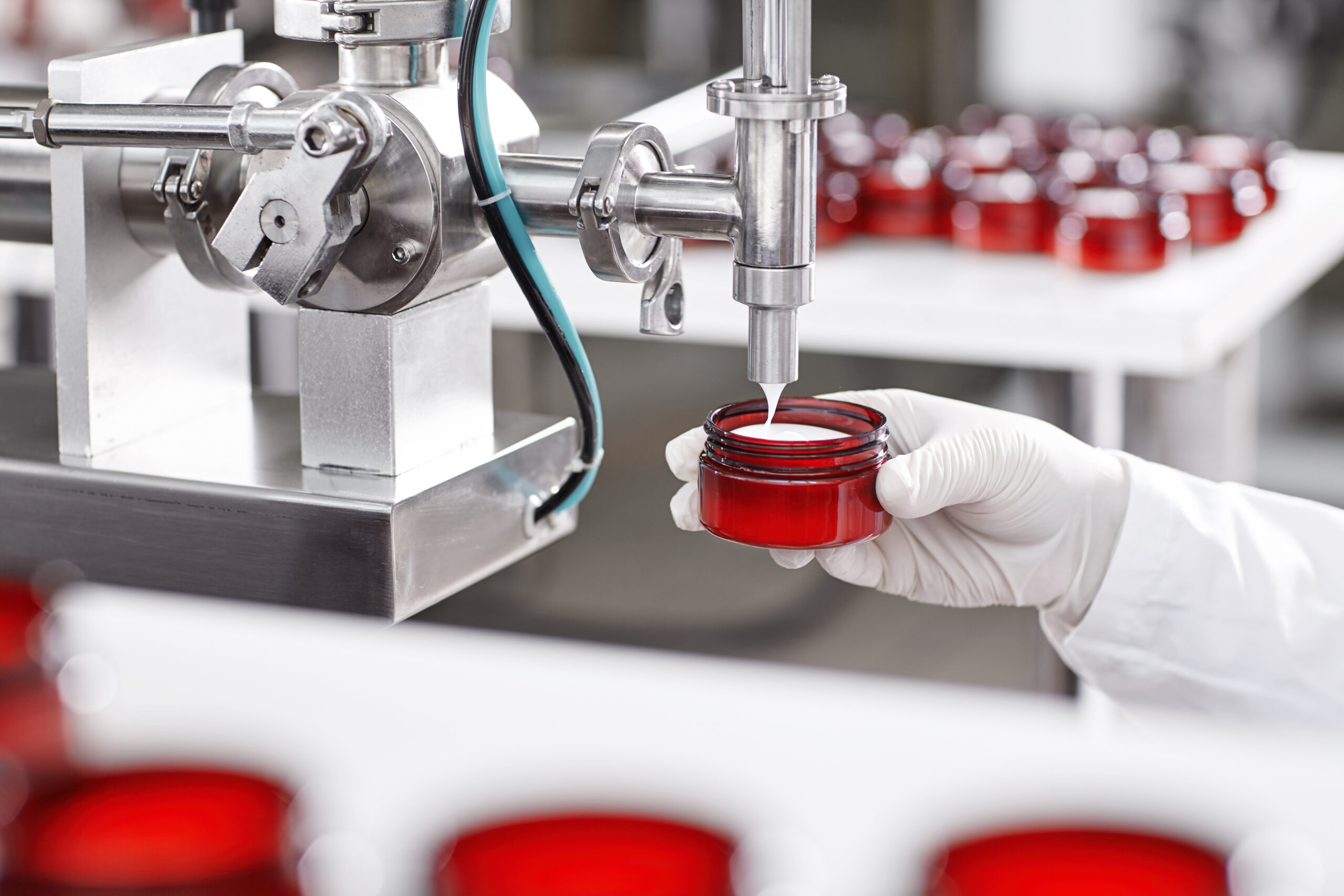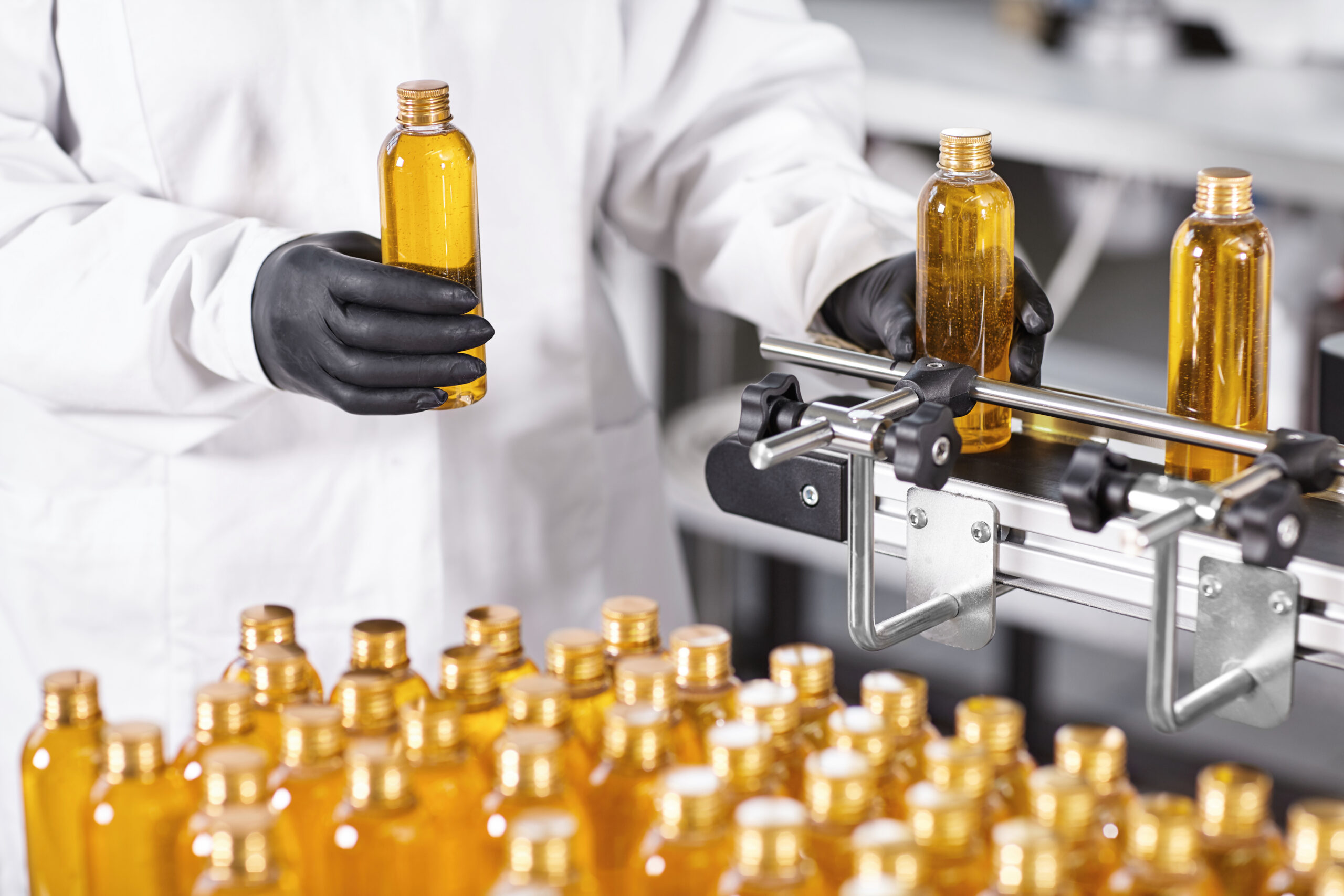Building a supplement that actually works isn’t just about mixing ingredients and pressing tablets. The manufacturing process is where good ideas either become trusted products or expensive mistakes. Understanding what happens behind the scenes – from raw materials to final packaging – can mean the difference between a product that builds loyalty and one that builds refund requests.
But let’s be clear – not every manufacturer follows the same process. Some cut corners. Others over-complicate things. The best ones treat every step like it matters, because when you’re dealing with people’s health, it absolutely does.
Raw Material Sourcing Sets Everything in Motion
The supplement manufacturing process doesn’t start in a factory – it starts with sourcing decisions made months earlier. Every vitamin, mineral, botanical extract, and carrier oil needs to meet specific standards before it even enters the facility.
Good manufacturers don’t just accept certificates from suppliers. They verify them. Identity testing confirms you’re getting ashwagandha, not just any root powder. Purity testing screens for heavy metals, pesticides, and contaminants. Potency testing ensures the active compounds are actually there at the right concentrations.
This isn’t paranoia – it’s protection. Because once inferior ingredients enter the manufacturing process, no amount of quality control can fix what’s already broken.
Formulation Is Science, Not Guesswork
Mixing ingredients isn’t like following a recipe. Different actives have different particle sizes, absorption rates, and stability requirements. Some ingredients enhance each other. Others interfere. The supplement manufacturing process accounts for all of this before the first batch gets made.
Experienced formulators know that magnesium stearate improves tablet compression but can reduce bioavailability. They understand that certain vitamins degrade under heat, while others need specific pH levels to remain stable. They’ve seen what happens when incompatible ingredients are forced together.
This is where pilot batches become crucial. Small test runs reveal problems before they become expensive disasters.
Blending and Mixing Require Precision
Once formulation is locked, the supplement manufacturing process moves to blending – where uniformity becomes everything. Every tablet or capsule needs the same amount of each ingredient. No hot spots. No dead zones. No surprises.
Industrial blenders use specific mixing times, speeds, and sequences to achieve homogeneity. V-blenders, ribbon blenders, or tumble mixers – each serves different purposes depending on the ingredients and final format. The goal is consistent distribution throughout every batch, whether it’s 1,000 units or 100,000.
Good manufacturers test blend uniformity at multiple points. Because even perfect ingredients become useless if they’re not evenly distributed.
Compression and Encapsulation Demand Control
Tablets aren’t just compressed powder – they’re engineered to disintegrate at the right rate, in the right place, releasing ingredients for optimal absorption. The supplement manufacturing process controls compression force, dwell time, and tooling selection to achieve consistent hardness, thickness, and dissolution.
Capsule filling requires different precision. Fill weight must be exact. Capsule shells need proper closure. Temperature and humidity levels affect everything from powder flow to shell brittleness.
Each format has its challenges. Softgels need leak-proof seals. Gummies require consistent texture and flavor distribution. Liquids demand stability and accurate dosing.
Quality Control Happens Throughout, Not After
The supplement manufacturing process doesn’t wait until the end to check quality – it monitors at every step. In-process testing catches problems while they can still be fixed, not after thousands of units are already packaged.
Weight variation, content uniformity, dissolution testing, microbiological screening – each test serves a purpose. Tablets that don’t dissolve properly won’t deliver their ingredients. Capsules with incorrect fill weights create dosing inconsistencies. Contaminated products create health risks.
GMP facilities build quality control into the workflow, not as an afterthought.
Packaging Protects Everything That Came Before
The final stage of the supplement manufacturing process is packaging – and it’s more complex than it looks. Light-sensitive vitamins need amber bottles. Moisture-sensitive ingredients require desiccants. Probiotics might need special barrier materials.
Label accuracy is non-negotiable. Ingredient lists, allergen warnings, dosage instructions, expiration dates – every detail must be correct. Because packaging is often the only communication between manufacturer and end user.
Serialization and lot tracking ensure traceability. If a problem emerges later, good manufacturers can identify exactly which batches are affected and where they were distributed.
Transparency Beats Marketing Every Time
The supplement manufacturing process should never be a black box. Good manufacturers document everything, share test results, and explain their methods. They don’t hide behind trade secrets when basic quality questions arise.
Because at the end of the day, supplements are about trust. Customers trust that what’s on the label matches what’s in the bottle. They trust that proper procedures were followed. They trust that their health wasn’t compromised for someone else’s profit margins.
The manufacturing process is where that trust is either earned or broken. Choose partners who treat it like the responsibility it is.








